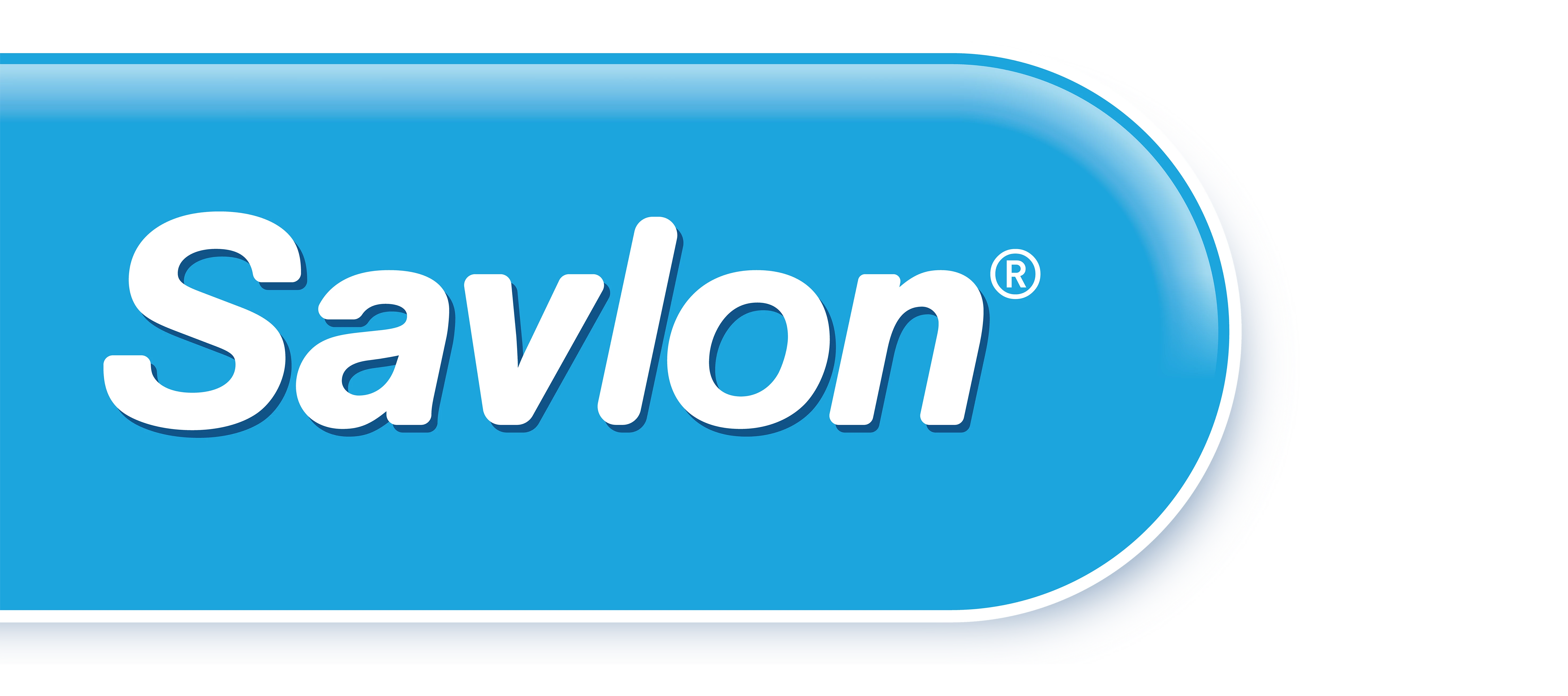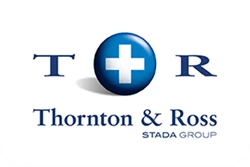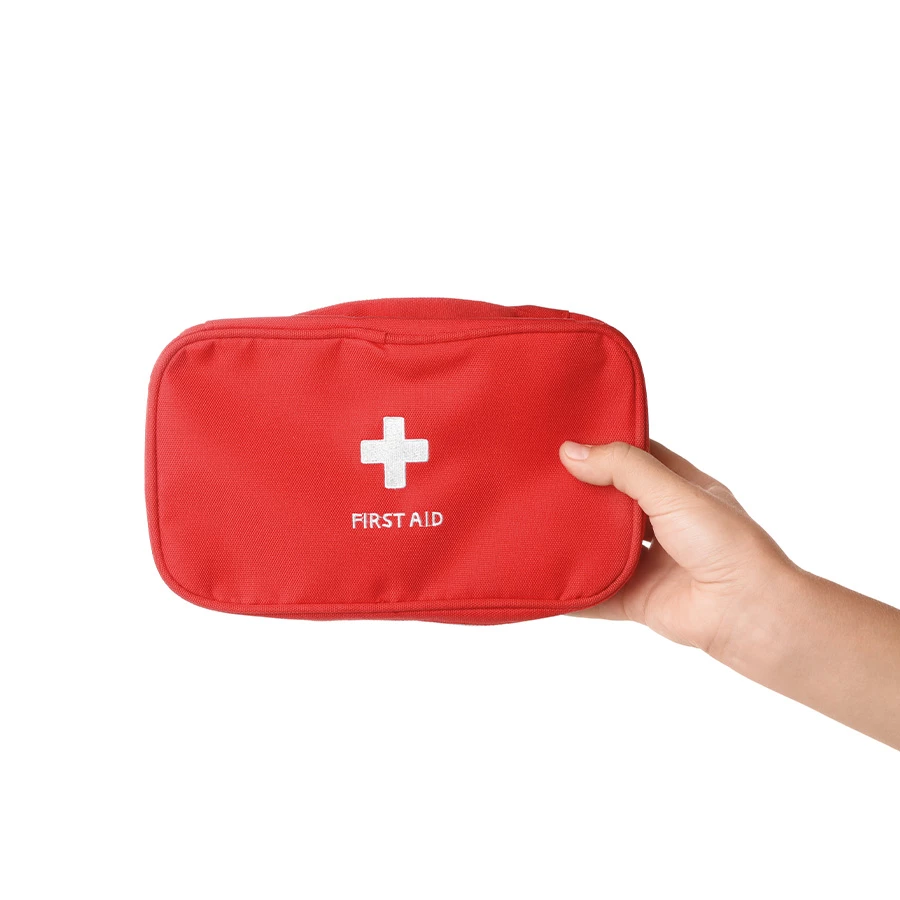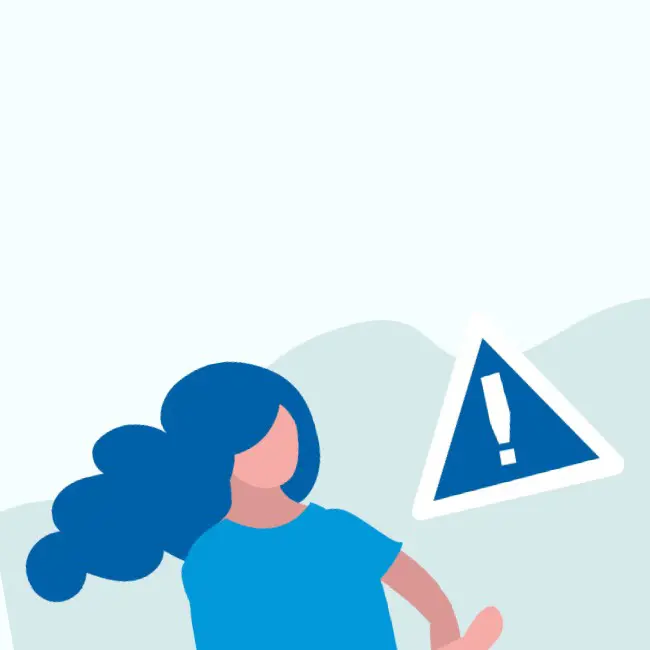|
Blisters are fluid-filled sacs under the top layer of skin that is most commonly caused by friction or infection. The most common cause of blisters is the friction between skin and shoes. To find out more about how to speed up blister healing and prevent blisters from forming, keep reading. Reading time: 3.5 min |
Contents: |
How long does it take for blisters to heal?
Blisters usually naturally heal within 7-14 days and shouldn’t require medical attention. If the blister is located in an area that is weight-bearing, it may take a little longer to heal.
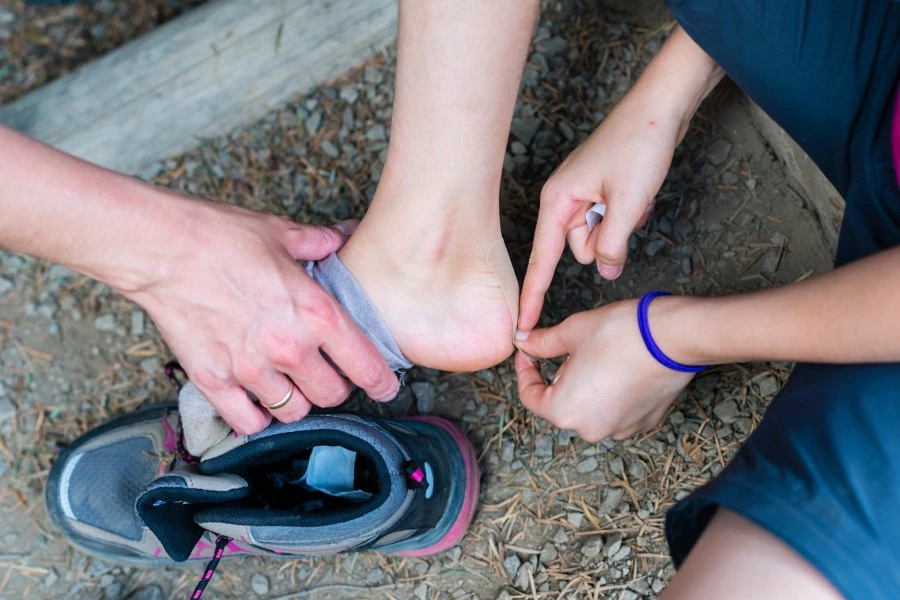
Blister healing process
Once a blister has initially formed the healing process will immediately begin as the fluid collects under the damaged skin. This fluid is created by the body to cushion the skin and avoid further damage to allow healing.
Gradually, over the next few days, the fluid will naturally drain and the skin under the surface will heal. This process can take anywhere from 3-7 days depending on the severity of the blister and location.
Savlon Scar Prevention Gel helps soothe the pain of minor wounds such as blisters. Its hydro-active colloid gel creates optimal healing conditions to support the skin's healing process.

How to get rid of blisters on feet
There aren’t any ‘quick fixes’ for blister treatments, it most requires patience as the skin heals itself. To ensure the blister is healing properly with minimal risk of infection, you may want to follow these steps:
- Keep the blister covered loosely with a bandage or blister plaster to create a protective barrier.
- Avoid popping or draining the blister as the fluid will naturally drain within 2-3 days. Although popping a blister may create temporary relief, it can cause further complications if infection occurs.
- Keep the skin and surrounding area clean and change the dressings regularly.
- Contact a doctor if signs of infection occur, such as redness, pus or swelling.
Should you burst a blister?
The fluid pocket is created to cushion and protect damaged tissue so if this cushion is damaged or popped, this will delay the healing process.
Keeping the blister covered with a plaster will help resist the temptation of picking or popping. If the protective top layer of the blisters is damaged or comes away it’s best to keep the area clean and covered to prevent infection.
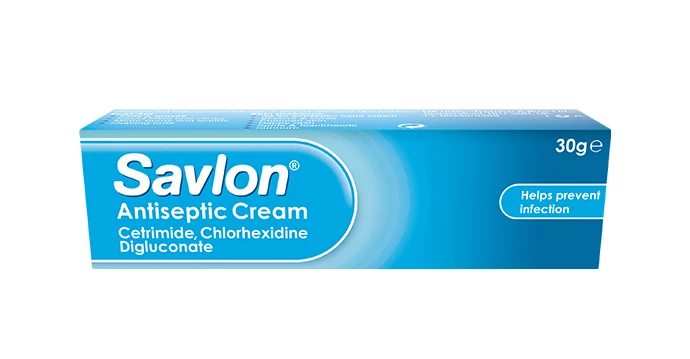
Savlon Antiseptic Cream for blisters
Helps cleanse and prevent infection of blisters with Savlon Antiseptic Cream.

Open blister treatment
If your blister has burst or the top skin layer has come away, you may want to follow these steps to allow the blister to continue healing properly and prevent infection:
- Wash the area with clean water, do not use alcohol or iodine as this may irritate the skin.
- If the top layer is still in contact, do not remove the top layer of skin unless the skin is very dirty. This will allow the skin to act as a natural barrier.
- Apply a thin layer of Savlon Antiseptic Cream to help cleanse the area and help protect it from potential infection. Dress the wound with a bandage to protect the skin for bigger blisters.
- Change the plaster once a day or anytime it gets wet or dirty. If it’s not too painful, remove the dressing at night to let the area dry.
Relieving blister pain & discomfort
It is recommended to drain uncomfortable or painful blisters to relieve but this should only be done by a medical professional to prevent the chances of infection. Your GP may burst a large or painful blister if it looks infected and may even prescribe antibiotics.
Wearing loose-fitting clothes against blisters or comfortable shoes will also help to relieve blister pain. You may want to do this for the full healing process of 7-14 days.
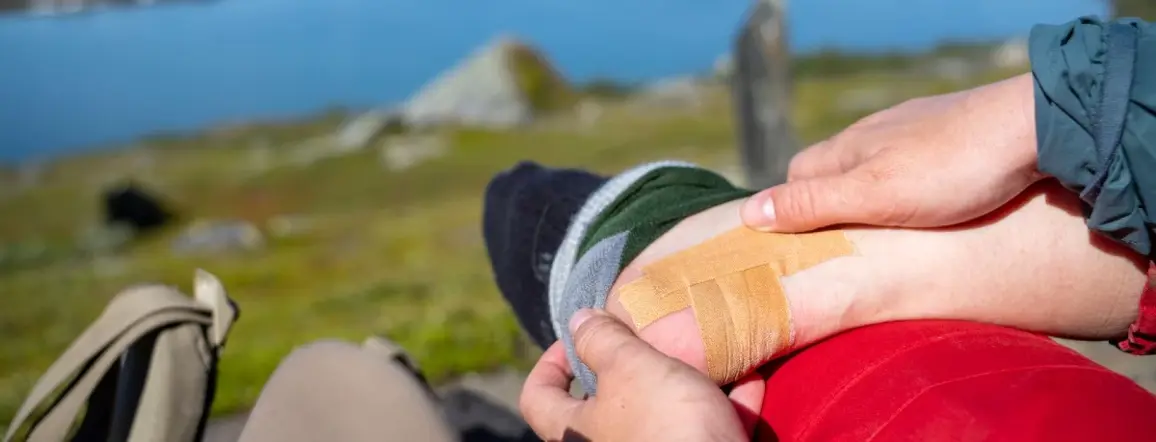
How to prevent blisters from forming
Blisters are most common on the feet from wearing shoes that are too tight but there are a number of ways to prevent all types of blisters, wherever they occur.
- Know your problem areas - If you are prone to blisters you may need to prepare for a blister before it even forms. For example, if you’re about to wear a new pair of shoes for the first time, apply blister plasters to reduce friction.
- Wear the right clothing - Chafing can also be a common cause of blisters so wearing loose and breathable clothing will reduce friction and the likelihood of blisters forming.
- Consider your options - The types of shoes and socks you wear will determine your chances of blisters forming. Avoid shoes that are tight-fitting or too narrow and double up on socks if you’re unsure.

- Lubricate your feet - If you regularly exercise in the same shoes lubricating your feet beforehand will help to reduce friction and blisters forming.
- Wear sun protection - Blisters can also form on sunburnt skin so it’s best to keep your skin covered in direct sunlight or wear sun cream to prevent skin damage. Large blisters on sunburnt skin can often be a sign of severe burn so you may want to consult a healthcare professional.
